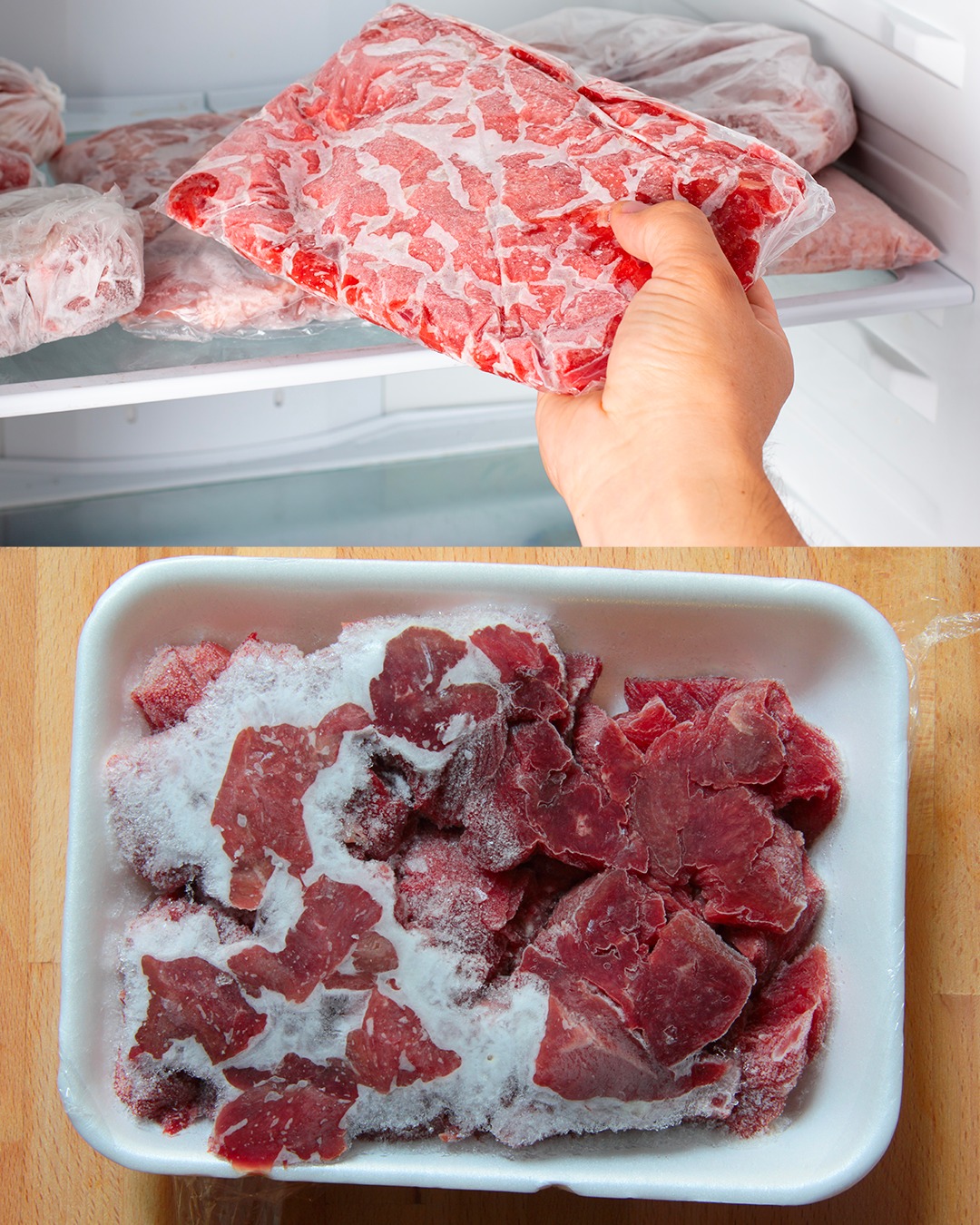the freezer?
By following these guidelines, it is possible to store food in the freezer safely, prolonging its life and ensuring a good taste even after months.
Freezing food is a fantastic strategy to extend their lives, save time in the kitchen and reduce waste. From meat to vegetables, through bread, desserts and ready meals, the freezer turns out to be a precious ally for those who want to organize themselves better and always have something good at hand.
However, there is a wrong idea that turns: it is often thought that, once in the freezer, food can last forever. Unfortunately, it’s not that simple! Even in the glacial cold freezer, food has a deadline.
It is true that freezing greatly slows the growth of bacteria and fungi, keeping food safe longer than simply refrigeration. But that doesn’t mean that frozen food remains unchanged for years and years. Over time, the quality of food begins to deteriorate; flavor, texture and nutritional value can decrease, and, in some cases, the famous freezer burns, those ice crystals that make food less appetizing, may appear.
So, how long does food really last in the freezer? Let’s be clear about the ideal storage times for different types of food, so you’ll know exactly when it’s time to cook that packet of meat hidden in the most remote corner of your freezer. The freezer also has its own rules, and following them can make a difference.
The duration of frozen food
The shelf life of the freezer varies depending on the type of food and storage conditions. Freezing food is an effective way to prolong their shelf life, but it doesn’t make them eternal. Over time, frozen foods can also lose quality, flavor and, in some cases, can develop freezing burns. Here is a general guide on the duration of some common foods when stored properly in the freezer:
1. Raw meat
Raw meat, once frozen, has a variable duration depending on the type. For large and whole cuts of beef, lamb or pork, the freezer can preserve the quality up to 6-12 months. Raw chicken and turkey can last between 9 and 12 months, ensuring they remain safe and tasty. However, when it comes to ground meat (both beef and poultry), the weather is reduced to about 3-4 months, as the ground parts tend to deteriorate more quickly even at low temperatures.
2. Seafood and Fish
Frozen fish and seafood have a variable duration depending on the type and fat content. Lean fish, such as cod, sole or whiting, can maintain its quality in the freezer for a period of 6-8 months. Fatty fish, such as salmon or tuna, lasts shorter, usually between 2 and 3 months, as fats tend to run more quickly even at low temperatures. As for seafood, crustaceans such as shrimps, crabs and lobsters can last from 3 to 6 months, while molluscs, such as mussels and clams, are well preserved for about 2-4 months.
3. Verdures
Continued on the next page
ADVERTISEMENT

